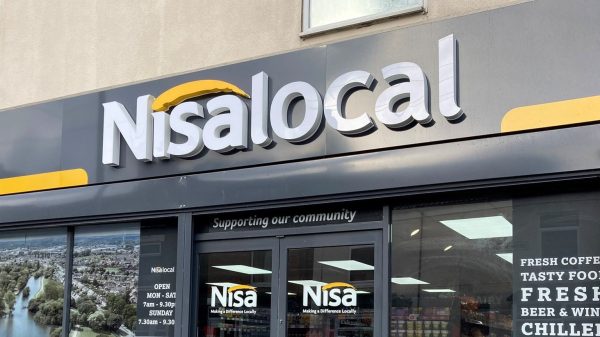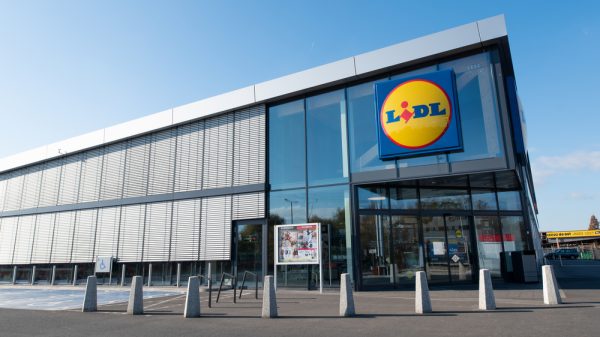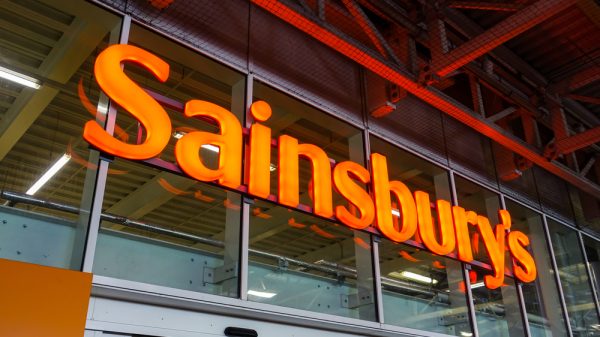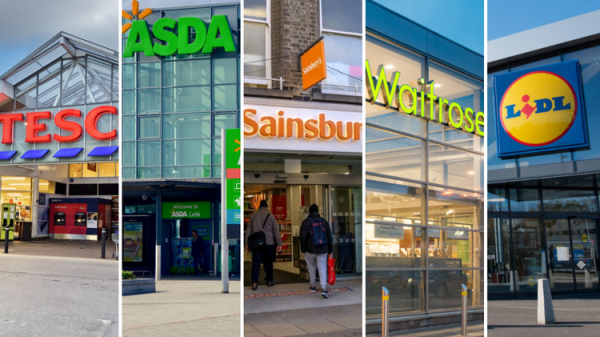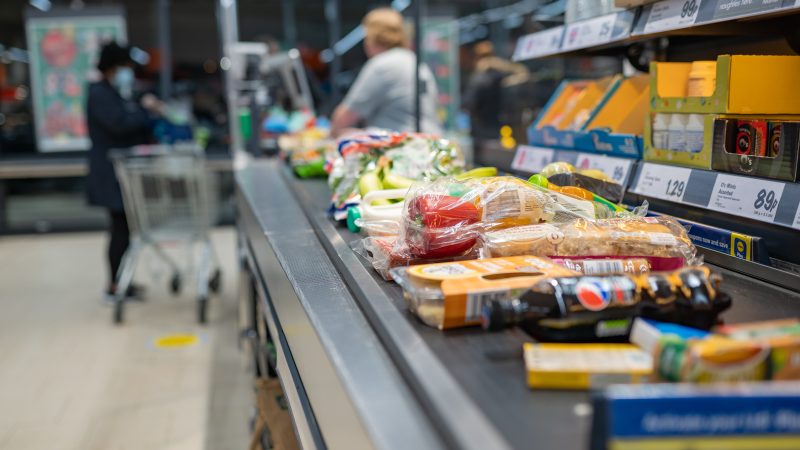Sainsbury’s sales have edged ahead of all major supermarkets in the UK this month, as grocery price inflation has seen its steepest decline since inflation peaked in March this year, new data has revealed.
According to the latest data from retail analysts Kantar, grocery price inflation fell by 1.6% from 16.5% to 14.9% in the four weeks to 9 July 2023.
Meanwhile, Sainsbury’s sales growth has beaten both Tesco and Asda this month. Growing by 10.7%, Sainsbury’s has now maintained its share of the retail market for the third consecutive month and is now at 14.9%.
This was just ahead of Asda and Tesco which increased sales by 10.5% and 10.2%, giving them market shares of 13.6% and 27.0% respectively.
Aldi was again the fastest growing grocer, with sales up by 24%. It now holds 10.2% of the market, up from 9.1% a year ago.
Lidl also increased its market share, up by 0.7 percentage points to 7.7%, with sales increasing by 22.3%.
Morrisons saw growth of 2.5%, its best showing since April 2021 and its eighth month in a row of improved performance.
Both Waitrose and Co-op grew by 5.1% over the 12 weeks, the largest boost both retailers have experienced since March 2021. Waitrose now holds 4.4% of the market and Co-op at 6%.
Iceland maintained a 2.3% share of the market after growing sales by 8.9%.
Ocado’s sales also rose by 2.0%, taking an overall market share of 1.7%, aided by its much larger 3% share in London.
Subscribe to Grocery Gazette for free
Sign up here to get the latest grocery and food news each morning
Head of retail and consumer insight at Kantar, Fraser McKevitt explains: “Grocery price inflation has now been falling for four months in a row. That will be good news for many households although, of course, the rate is still incredibly high.
“The change comes as spending on promotions has gone up for the first time in two years, now accounting for just over a quarter of the total market at 25.2%.
“One of the biggest shifts we’ve seen in this area is retailers ramping up loyalty card deals like Tesco’s Clubcard Prices and Sainsbury’s Nectar Prices.
“This could signal a change in focus by the grocers who had been concentrating their efforts on everyday low pricing, particularly by offering more value own-label lines.”
He added: “Prices were rising quickly last summer so this latest slowdown is partially down to current figures being compared with those higher rates one year ago.”
It comes as overall food inflation has continued to slow since April, but is still up nearly 15% since the start of the year.




